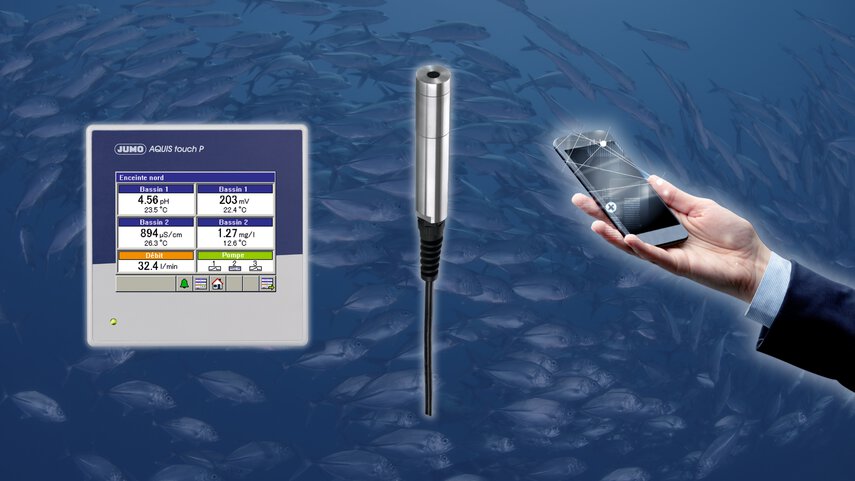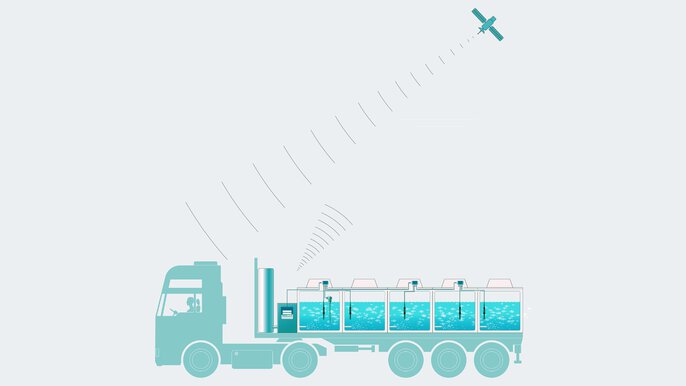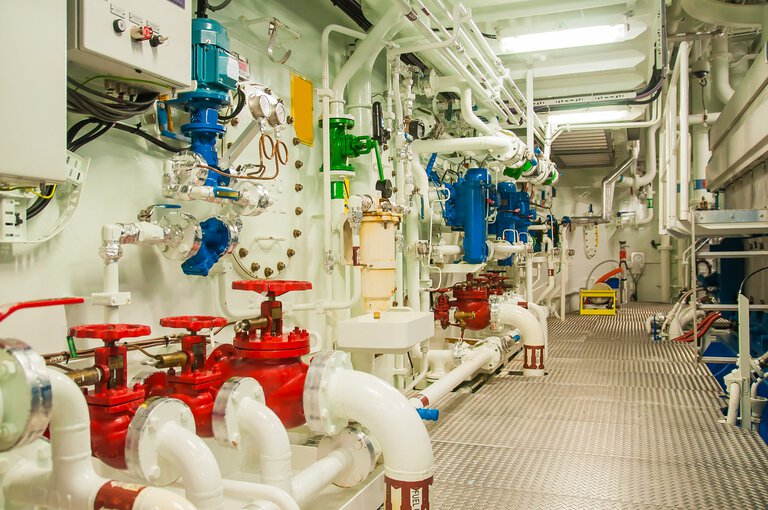

How to monitor and control water quality using digital oxygen sensors? Solutions for aquaculture
Aquaculture is the future of sustainable economy. It is a source of food and export goods, while also supporting species conservation and reducing environmental damage. However, fish farming requires advanced water quality monitoring to ensure the safety and health of fish at every stage of the process. Transporting fish poses a particular challenge for oxygen concentration control. In this article, you will learn how digital sensors help maintain optimal water quality for fish and how to use loggers to remotely receive data anywhere—even behind the wheel of a vehicle. Discover our customer's story and let us convince you of the benefits of a digital sensor-based system!
Why is quality control and oxygen concentration in water crucial for aquaculture?
How to ensure optimal water quality and oxygen concentration during fish transport? Customer's problem
A Turkish company, one of the global leaders in sea bream and sea bass production, delivers over 40,000 tons of fish annually to markets in 55 countries. With 2,500 employees, the company operates on a large scale, which poses unique challenges in the production and distribution process. One of the key stages is the transport of fish, which travel up to 1,500 km from the breeding sites to their final aquaculture destinations. Such a journey takes 2-3 days and requires constant water quality control to keep the fish healthy and prevent production losses.
The main challenge in this process is to ensure optimal conditions in the tanks throughout the entire transport of the fish. Temperature fluctuations or oxygen deficiency can lead to stress and hypoxia. The company needed a solution that would guarantee constant monitoring of temperature and oxygen concentration, enabling a quick response to any deviations.
Preventing temperature fluctuations and oxygen deficiency during transport. Our solution
In every vehicle transporting fry, the temperature and oxygen concentration must be monitored simultaneously in up to 8 tanks. To ensure the safety of the fish, it was crucial not only to collect accurate data on an ongoing basis, but also to automatically send alarm messages to the driver's cab if any parameter approached critical limits.
We proposed a solution that enables continuous monitoring of water parameters during long-distance fish transport. The system is based on JUMO ecoLine O-DO digital sensors, which simultaneously monitor the temperature and oxygen concentration in each tank. Data from the sensors is transmitted to the JUMO digiLine system, which enables easy management of the measurement network and transmission of values to the central control unit. We have also installed a JUMO AQUIS touch P liquid analyzer, which allows for real-time monitoring and data recording, and in the event of limit values being exceeded, immediately generates alarms sent directly to the driver's cab. For even greater convenience, we have implemented the JUMO Device App mobile application.
How do digital sensors facilitate water quality measurement and oxygen concentration monitoring? Customer benefits

Water quality control system in transport
About the author
My name is Natalia and I specialize in content creation. For three years, I have been professionally sculpting words as an editor and copywriter. My mission is to break down even the most complex issues into their constituent parts. I focus on building relationships with readers and creating experiences. Privately, I am a lover of travel, literature, and fashion.
Please feel free to contact us!

Your contact person
Jakub Dąbrowski - Sales Engineer 48 71 339 32 92 jakub.dabrowski@jumo.net 48 71 339 32 92Comments
We encourage you to leave comments. Share your opinion with us!


